The Ultimate Guide to Plate Heat Exchangers
Apr. 09, 2024
## The Ultimate Guide to Plate Heat Exchangers.
1. **What is a plate heat exchanger?**.
A plate heat exchanger is a type of heat exchanger that uses metal plates to transfer heat between two fluids. The fluids are typically separated by the plates, which have a large surface area for efficient heat transfer.
2. **How does a plate heat exchanger work?**.
In a plate heat exchanger, the two fluids flow in separate channels on either side of the metal plates. As the fluids pass through the channels, heat is transferred from one fluid to the other through the plates. The large surface area of the plates allows for rapid heat transfer.
3. **What are the advantages of using a plate heat exchanger?**.
Plate heat exchangers are compact and lightweight, making them ideal for applications where space is limited. They are also highly efficient, as the large surface area of the plates maximizes heat transfer. Additionally, plate heat exchangers are easy to clean and maintain.
4. **What are the common applications of plate heat exchangers?**.
Additional reading:Ultimate Guide: How to Choose the Best Cement Board Machine
Is the 36000t Hydraulic Press worth the investment?
Top Hydraulic Press Features You Need Now!
Master Metal Plate Forming with Our Advanced Machine
Ultimate Guide to Hydraulic Press Pricing Trends
Revolutionizing Energy Storage: Bipolar Plates vs. Batteries - Which is More Sustainable?
Revolutionizing Production: Hydrogen-making Unit & Presses
Plate heat exchangers are used in a wide range of industries, including HVAC, refrigeration, chemical processing, and food and beverage production. They are commonly used for heating and cooling applications, as well as for heat recovery and thermal energy storage.
5. **What factors should be considered when selecting a plate heat exchanger?**.
When selecting a plate heat exchanger, factors such as operating temperature and pressure, flow rate, fluid characteristics, and space constraints should be taken into consideration. It is important to choose a heat exchanger that is properly sized and designed for the specific application.
6. **How to maintain a plate heat exchanger?**.
Regular maintenance is essential to keep a plate heat exchanger operating efficiently. This includes cleaning the plates to remove any build-up or fouling, checking for leaks, and ensuring that the gaskets are in good condition. It is also important to monitor the performance of the heat exchanger and make any necessary adjustments to optimize its efficiency.
Overall, plate heat exchangers are versatile and efficient devices that are widely used in various industries for heat transfer applications. By understanding how plate heat exchangers work and how to properly maintain them, you can ensure optimal performance and extend the lifespan of your equipment.
Contact us to discuss your requirements of How Hydraulic Press Works, Hydraulic press industry uses, 12000t Hydraulic Press. Our experienced sales team can help you identify the options that best suit your needs.
Additional reading:Why Hydraulic Powder Compacting Press is Revolutionary?
Revolutionizing Manufacturing: Is the 12000t Hydraulic Press the Future of Industry?
Mastering Fiber Cement Board Press: Expert Tips
Revolutionizing manufacturing: How CNC hydraulic press technology?
Unlocking the Ultimate Guide to Metal Pressing Machine Tips
How powerful is a 36000t Hydraulic Press?
Revolutionizing Food Industry with PHE Plates Forming Machine: Is It Worth the Investment?
103
0
0
Related Articles





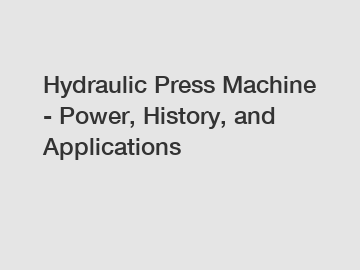
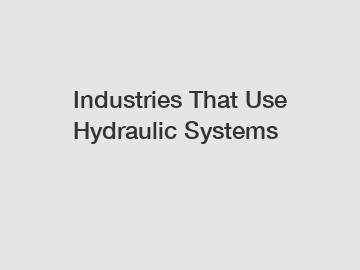
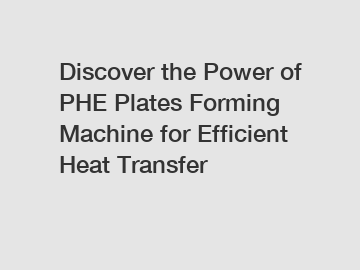
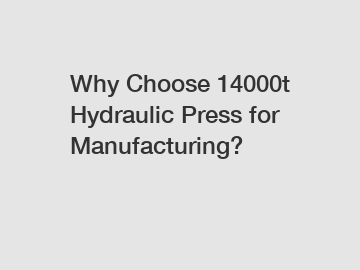
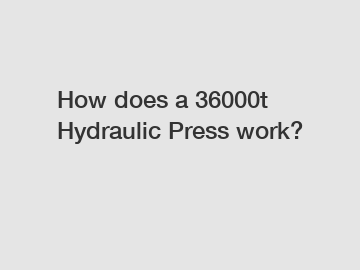
Comments
All Comments (0)